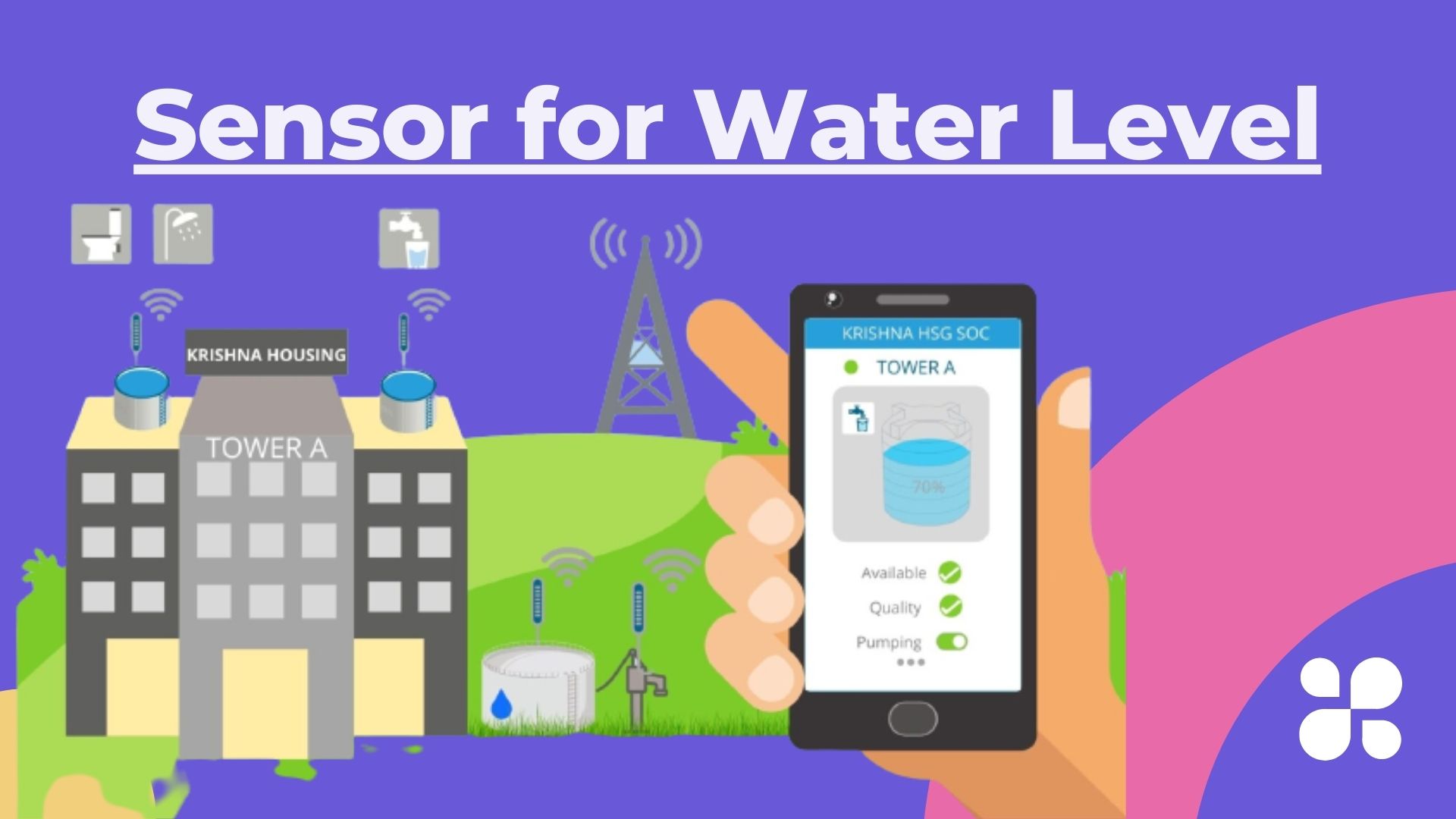When it comes to our daily needs, then water is one of them. There is no doubt that it is an important natural resource. Freshwater is a daily life need for all living things. When we learn about the statistics then there is only 3% of freshwater is present on this earth. When we learn about water then it’s obvious thing that we will also study the problems that we are facing due to lack of water. There are some regions that are drier due to a lack of water. Cities and Towns are polluted due to several industries and not only water but agriculture is also affected by this. Many metropolitan inhabitants are already experiencing a severe lack of fresh water for human consumption as a result of the crisis.

Ways to improve water wastage.
If we talk about the improvement in water wastage then there are some strategies given below.
Enhance current consumption- The first step for improving water wastage is to make sure that there should be no leaks and drips, as these leakages waste a hefty amount of water. Make sure to close all of your leaks and fix them. And don’t forget to monitor them timely. This way is the most effective and easiest way to improve water wastage.
Utilize Water Enhancing Equipment – If your establishment has a water filtration system, it should be functioning as efficiently as possible and all of the parts and equipment should be in good working condition. System upgrades may result in lower backwash filter rates. Make sure that all of the pumps are the appropriate size for maximum efficiency. It will assist to consider strategies to reduce the amount of water used by HVAC systems. In some cases, you might be possible to use waterless processes.
Reuse & Recycle- Water can be recycled using various purification procedures. Some facilities may also want to pursue rainwater collection. If you are contemplating this option, you should conduct a thorough investigation with environmental agencies. Reusing grey water can also help to reduce overall water consumption. You can explore some common greywater or wastewater recycling methods for your facility.
Enhance Employee Training- Employees at all levels must understand and follow water reduction methods, as well as learn how to cut water consumption. This might involve ensuring that personnel is educated on the most advanced water-saving devices.
Upgrade Metering- Smart technology such as automated and enhanced meter readings can be used to better monitor your water consumption. To measure and monitor your water usage, advanced metering technology can be used to connect many operational systems in your company. Water metering should be integrated into the building management system.
What is an automatic water level controller?
An Automatic Water Level Controller is a piece of electronic equipment that senses the level of a liquid in a tank. It is utilized in a variety of applications, including water and sewer services for office and apartment buildings, as well as industrial uses in the food, chemical, iron and steel, pharmaceutical, and semiconductor industries.
What is a Sensor for Water Level?
The Water Level Sensor is a device that detects excessively high or low liquid levels in a stationary container. It is classified into two varieties based on the manner of detecting the liquid level: a contact type and a non-contact type. A contact measurement is an input-type water level transmitter that turns the height of the liquid level into an electrical signal for output. It is currently a common water level transmitter.

Conclusion
In the following blog, we learn about the most essential natural resource of our life, which is water. Additionally, we tell you about the ways to improve water wastage as it is an important aspect when we talk about water. Furthermore, as technology is increasing day by day there are several technological types of equipment are inventing such as; automatic water level controllers.

